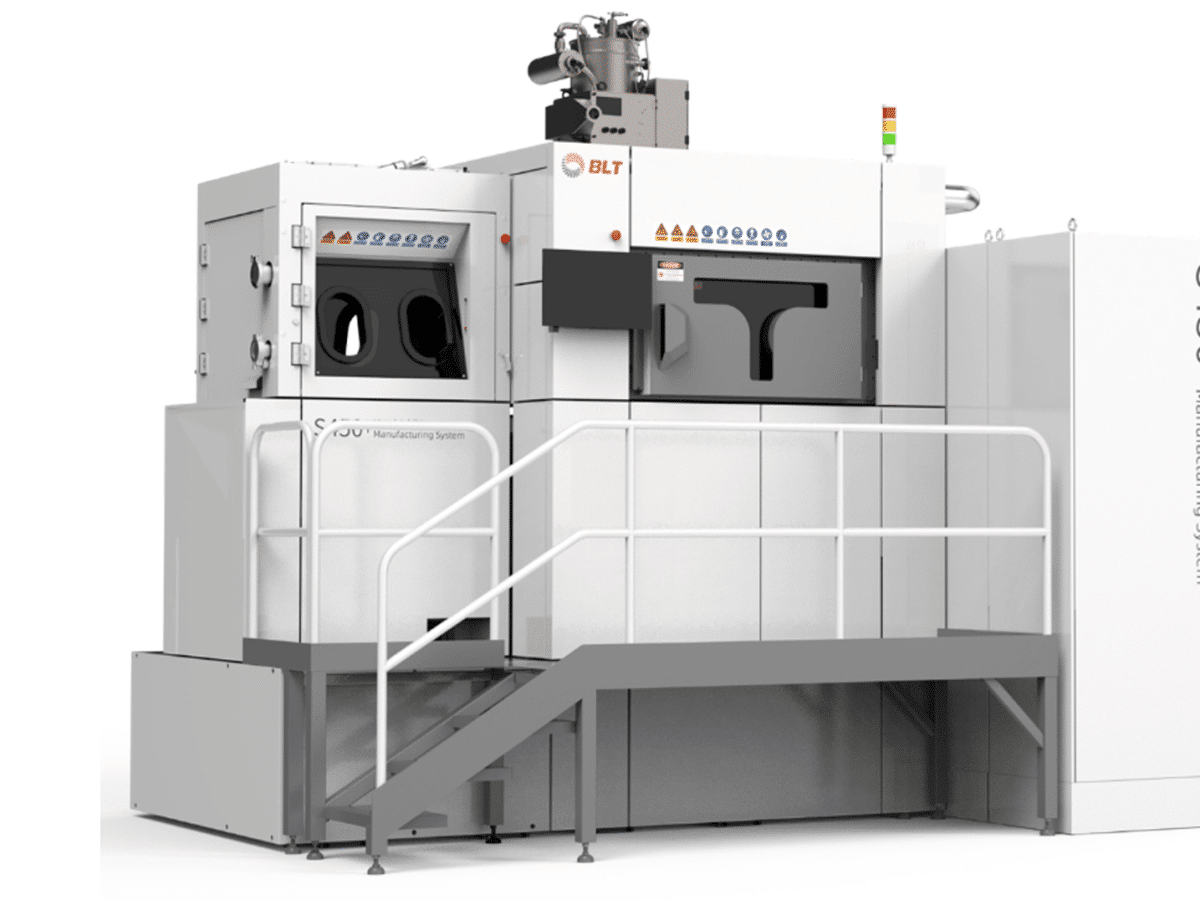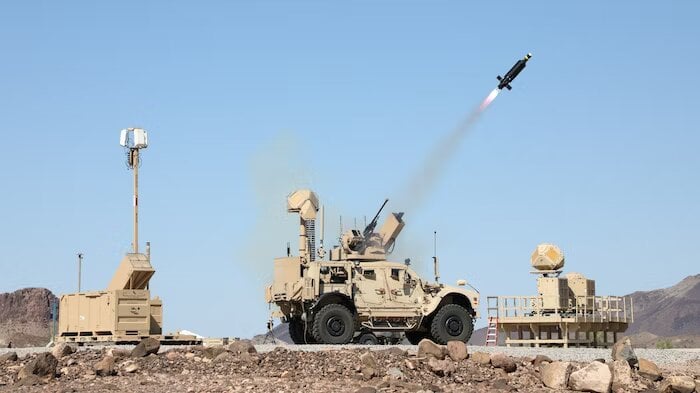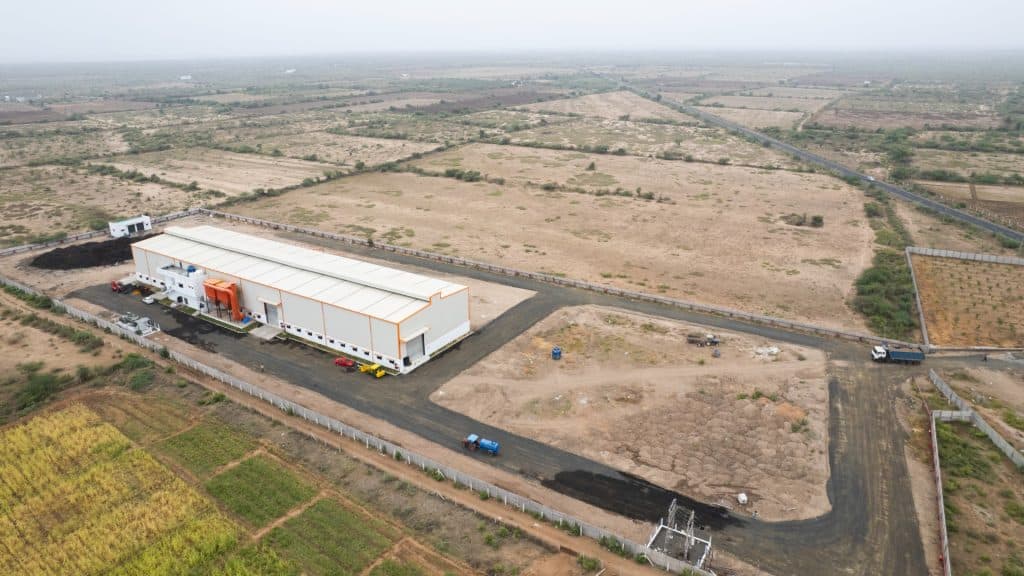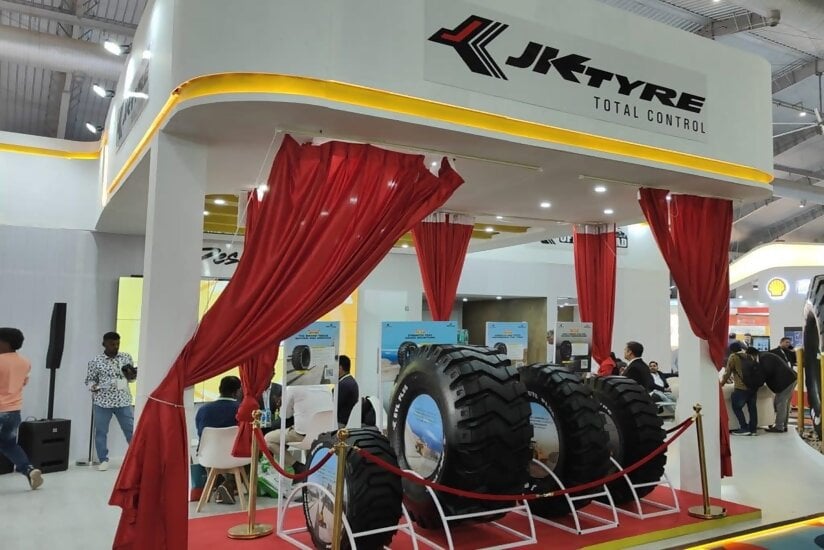
Raytheon Technologies has received a $237 million contract from the United States Army for Ku-band Radio Frequency Sensors (KuRFS) and Coyote effectors to detect and combat unmanned aircraft.The contract calls for a mix of fixed-site and mobile systems, as well as a number of effectors to assist the Army’s US Central Command missions.
KuRFS delivers enhanced 360-degree threat detection as part of the US Army’s Low, Slow, Small-Unmanned Aircraft Integrated disable System, or LIDS, while Coyote low-cost effectors disable drones.Raytheon Technologies has received a $237 million contract from the United States Army for Ku-band Radio Frequency Sensors (KuRFS) and Coyote effectors to detect and combat unmanned aircraft.
The contract calls for a mix of fixed-site and mobile systems, as well as a number of effectors to assist the Army’s US Central Command missions.KuRFS delivers enhanced 360-degree threat detection as part of the US Army’s Low, Slow, Small-Unmanned Aircraft Integrated disable System, or LIDS, while Coyote low-cost effectors disable drones.
The KuRFS precision targeting radar and the scaled Ku720 mobility sensing radar detect, identify, and track airborne threats continuously. The Coyote Block 2 outperforms similar class systems in terms of single drones and swarms of different size and manoeuvrability, as well as at greater altitudes and longer ranges.
The US Army’s LIDS combines KuRFS and the Coyote family of effectors with Northrop Grumman’s FAADC2 and Syracuse Research Corporation’s electronic warfare system. These systems work together to form a multi-mission fixed, relocatable, or transportable deployed system that delivers a comprehensive extended-range defence solution.
















